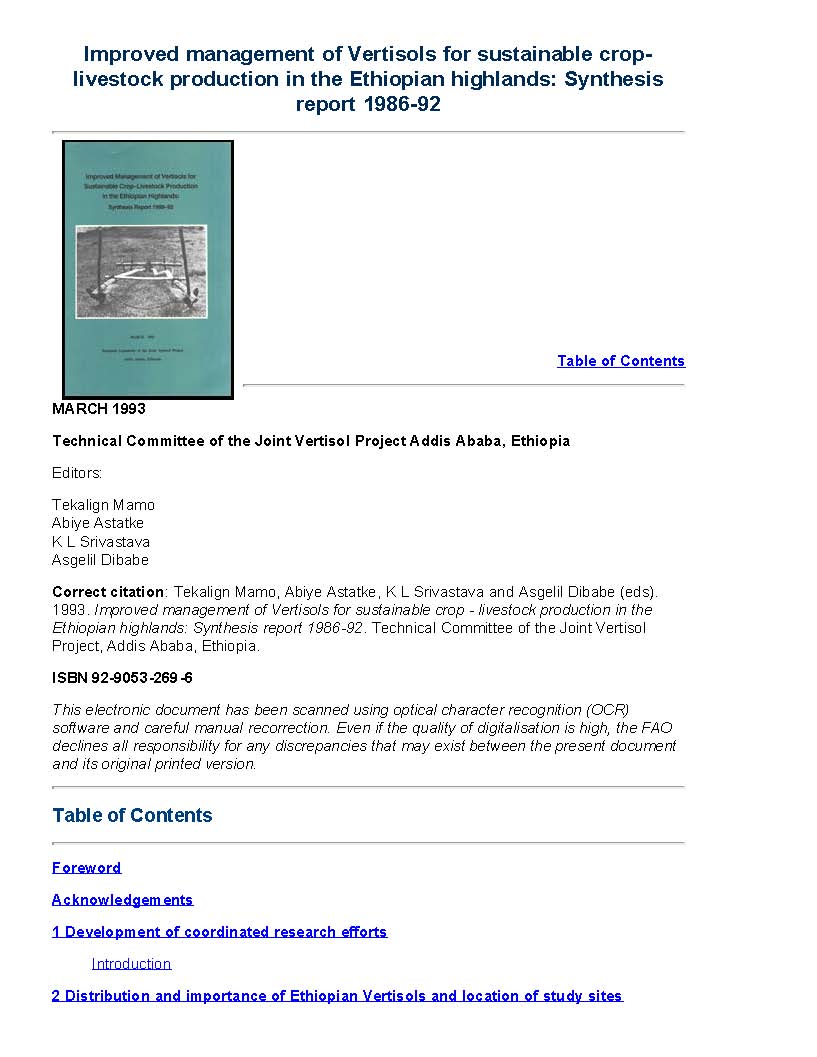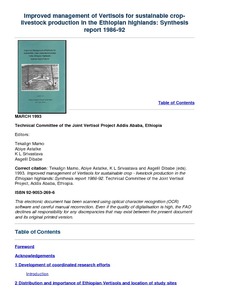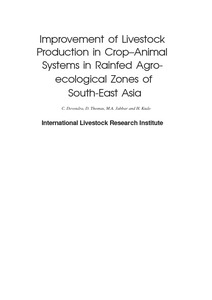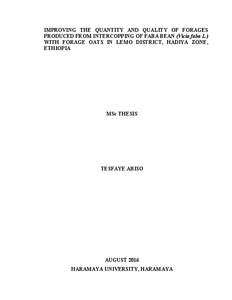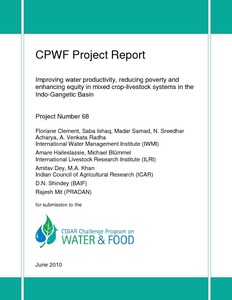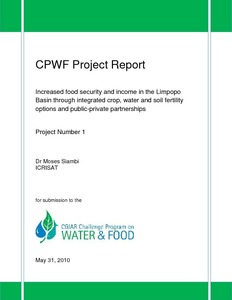Improved management of vertisols for sustainable crop-livestock production in the Ethiopian highlands: Synthesis report 1986-92
Some of the papers in this report deals with nutrient management; land, soil and water management; grain, fodder and residue management; and technology validation and transfer. The other papers looks into development of coordinated research efforts; distribution and importance of Ethiopian vertisols and locations of study sites; a survey of the farming systems of Vertisol areas of the Ethiopian highlands, and modifying the management of vertisols. The report ends with a discussion on retrospect and prospects of the Joint Project on Vertisols management.
Improved rice-aquaculture integration in coastal rice-shrimp system in Bangladesh
Impact of the adoption of Brachiaria grasses: Central America and Mexico
Livestock production plays a key role in tropical Latin America in a changing economic environment. This study focuses on documenting the transformations of extensive production systems by using superior forage germplasm supplied by regional research systems. The adoption of improved Brachiaria grasses was evaluated from 1990 to 2003 to estimate its impact in terms of animal productivity and income in Central America and Mexico.
Improvement of rice genotypes for salt affected areas of Bangladesh
Impact potentiel sur l'environnement
As the problems of impact assessement are rather intractable, a fairly simple dual approach is proposed. First the major components of environmental impact of current agricultural production systems in Africa (i.e. impact of cropping, livestock keeping, fuelwood and timber extraction and burning) are summarised. Second, "danger zones" in which current and future environmental impacts will be most severe and on which ILCA has focused its problem solving-research is identified.
Improved forage-based livestock feeding systems for smallholder livelihoods in the Cambodia-Laos-Vietnam Development triangle
Improving the quantity and quality of forages produced from intercopping of faba bean (Vicia faba l.) with forage oats in Lemo District, Hadiya Zone, Ethiopia
Faba bean (Vicia faba L.), also called broad bean or horse bean is an annual crop, which mainly grows in the highlands of Ethiopia for human consumption. The objective of this study was to improve the quantity and quality of forages produced from intercropping of faba bean (Vicia faba L.) with forage oats (Avena sativa L.) on forage biomass, straw, grain yields, and straw quality. Farmers have an experience of not weeding faba bean plots to get more weed biomass.
Improving the resilience of agricultural systems through research partnership: A review of evidence from CPWF projects
This paper explores the potential benefits of working to improve the resilience of complex adaptive systems in agriculture and aquaculture through engaging in diverse partnerships among different types of research and development institutions, and the people in those institutions. We use five case studies of CPWF research-for- development efforts to draw lessons about achieving effective results in system resilience. The paper gives concrete examples of effective partnerships and the positive changes that resulted for farmer and fisher communities.
Improving water productivity, reducing poverty and enhancing equity in mixed crop-livestock systems in the Indo-Gangetic Basin
The “Improving water productivity, reducing poverty and enhancing equity in mixed crop-livestock systems in the Indo-Gangetic Basin”
was designed and conducted by the International Water Management Institute (IWMI),
in partnership with international and national partners, to address the relative neglect of
livestock water needs of crop-livestock farming systems.
The primary objective of this project was to optimize the productive use of water in the
crop-livestock farming systems of semi-arid areas to enhance livelihoods, reduce

